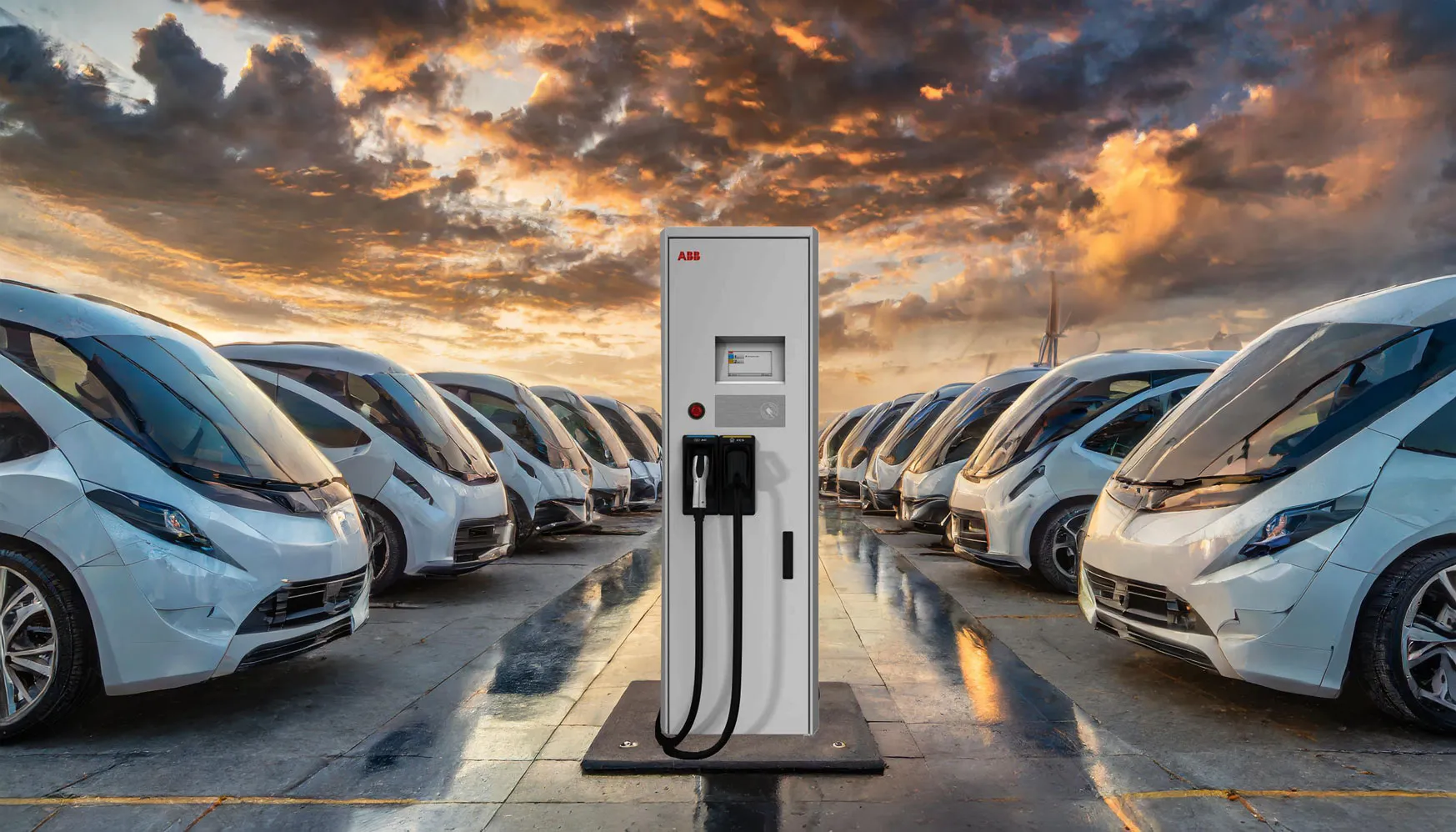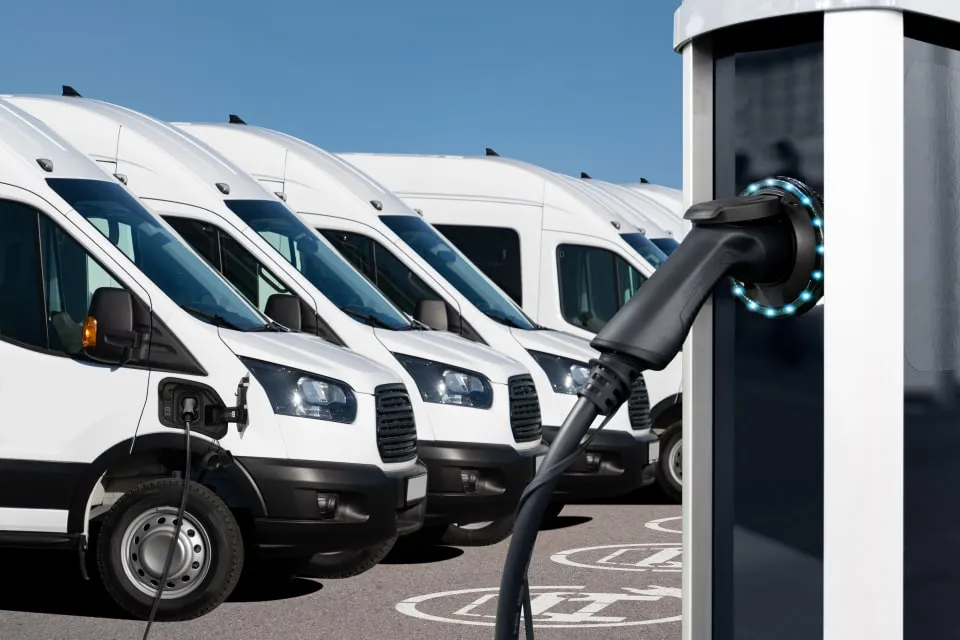
Leap and Xos Join Forces to Boost Grid Resilience Using Electric Fleets
In a groundbreaking move that represents the convergence of clean transportation and smart energy systems, Leap, a leading virtual power plant (VPP) platform provider, and Xos, Inc. , a pioneer in the electric truck manufacturing and fleet services space, have announced a strategic partnership aimed at unlocking new grid services revenue streams for commercial electric vehicle (EV) fleets. This collaboration connects Xos’s advanced mobile charging infrastructure—the Xos Hub—to energy markets via Leap’s software-driven VPP platform, enabling fleet operators to actively support grid reliability while maximizing their clean energy assets.
The Intersection of Transportation Electrification and Grid Modernization
As commercial transportation rapidly shifts toward electrification, fleet operators face both opportunities and challenges. The environmental benefits of switching to electric vehicles are clear: lower emissions, quieter operation, and reduced long-term maintenance costs. However, this shift also introduces new energy management complexities. Large fleets, especially those operated by delivery giants such as FedEx and UPS, represent significant loads on the power grid—particularly during high-demand periods like summer heatwaves when air conditioning usage skyrockets.
Recognizing both the potential grid strain and untapped flexibility of electrified fleets, Leap and Xos are offering a solution that not only mitigates power disruptions but also helps fleet operators monetize their infrastructure. By enrolling Xos’s charging equipment into grid support programs via Leap’s VPP platform, fleets can seamlessly participate in demand response events, shifting energy consumption in real-time to benefit the broader electric grid and generate revenue in the process.
The Role of the Xos Hub in Scalable Electrification
At the heart of the partnership is Xos Hub, a proprietary, battery-integrated, mobile charging solution designed to accelerate the adoption of electric fleets. Unlike conventional charging stations that require extensive permitting, grid upgrades, and permanent installation, the Xos Hub offers a flexible, mobile, and rapidly deployable alternative. It is particularly suited for logistics providers that need to set up semi-permanent or temporary charging operations across multiple depots or in remote areas.
The Xos Hub not only delivers high-speed EV charging but also serves as a backup energy source during outages. Now, integrated with Leap’s VPP platform, this hardware gains a new layer of intelligence. During times of grid stress, the system can automatically divert charging loads away from the grid and instead use stored battery energy from the Xos Hub. This real-time load shifting helps avoid blackouts, reduces grid congestion, and provides fleet owners with financial compensation through grid services programs like California’s Demand Side Grid Support (DSGS).
How the Virtual Power Plant Works
Leap operates a software-only VPP, which aggregates flexible energy loads across commercial and industrial customers and bids them into energy markets. Its universal API suite allows seamless integration with energy assets—from thermostats and batteries to EV chargers and beyond. For fleet operators using Xos charging solutions, this means they can participate in grid events without investing in additional hardware or operational resources.
When fleets enroll in the VPP through Xos, their participation in programs like DSGS is fully automated. During an emergency grid event, such as a spike in demand or a natural disaster that threatens grid reliability, Leap’s platform sends real-time signals to the enrolled fleets. In response, Xos Hubs automatically switch from drawing power from the grid to relying on their onboard battery systems. This coordinated response relieves stress on the grid and provides an additional revenue stream for participating fleets.
Real-World Impact and Proven Effectiveness

The capabilities of Leap’s platform were demonstrated during California’s 2024 summer heatwave, which saw record-high temperatures and soaring electricity demand. The DSGS program, supported in large part by Leap’s VPP, played a key role in helping the state avoid rolling blackouts. With the addition of Xos’s fleet charging technology, Leap is now poised to scale its impact significantly.
As electrified transportation continues to expand, so too does the potential for grid-interactive fleets. According to recent industry estimates, the number of electric delivery vehicles in North America is expected to grow by more than 300% between 2025 and 2030. With this growing footprint, the cumulative impact of aggregated fleet energy flexibility could rival that of traditional peaker plants—without the associated emissions or long build times.
Industry Leaders Weigh In
Executives from both companies emphasized the transformational nature of the partnership.
“Leveraging our complementary technologies, Leap and Xos are tapping into new value streams for commercial truck fleets—the very backbone of our economy,” said Jason Michaels, CEO of Leap. “We’re not only helping these fleets become cleaner and more efficient, but also empowering them to play a direct role in strengthening the power grid. It’s a powerful win-win for businesses and the environment.”
Dakota Semler, CEO of Xos, echoed this sentiment:
“Our virtual power plant offering gives fleet customers sophisticated energy capabilities without compromising control or convenience. It’s a compelling way to lower infrastructure costs, maximize the return on investment of our products, and support our customers’ sustainability goals.”
A Cost-Effective Path to Electrification
One of the key advantages of this partnership lies in the cost-effectiveness it delivers to fleet operators. Traditionally, the total cost of ownership (TCO) for electric fleets has been a barrier for some businesses, due in part to the high costs of charging infrastructure and grid upgrades. By using Leap’s platform to monetize idle battery assets and flexible load behavior, fleet operators can offset these costs.
This approach reduces the payback period for charging infrastructure investments and enhances the overall financial case for fleet electrification. Moreover, because Leap’s VPP is a software-only solution, it eliminates the need for complicated and costly hardware retrofits, making the integration process significantly faster and more scalable.
The Road Ahead: Scaling Smart Energy for Fleets Nationwide
While this partnership is initially focused on California, where DSGS and other demand-side programs are well-established, the long-term vision extends far beyond one state. Leap is rapidly expanding its market reach, and Xos’s scalable charging technology is ideal for nationwide deployment. As more states adopt policies to modernize their grids and incentivize demand-side flexibility, the combined solution from Leap and Xos could become a blueprint for national fleet-grid integration.
This model also aligns with broader federal goals around decarbonization and infrastructure resilience. The U.S. Department of Energy has repeatedly emphasized the need for distributed energy resources (DERs) and VPPs to reduce reliance on fossil-fueled peaker plants. Fleet-based VPPs—enabled by smart EV chargers like the Xos Hub—offer a fast, scalable, and cleaner alternative.
The partnership between Leap and Xos marks a pivotal moment for the intersection of transportation electrification and energy system modernization. By combining Xos’s flexible, mobile charging hardware with Leap’s advanced energy market automation platform, the two companies are not only delivering tangible value to fleet operators but also reshaping how we think about grid resilience and demand-side participation.
As this collaboration matures, it could serve as a model for how commercial electric fleets—once viewed solely as energy consumers—can now act as active participants in the energy ecosystem, helping to stabilize the grid while accelerating the clean energy transition.

